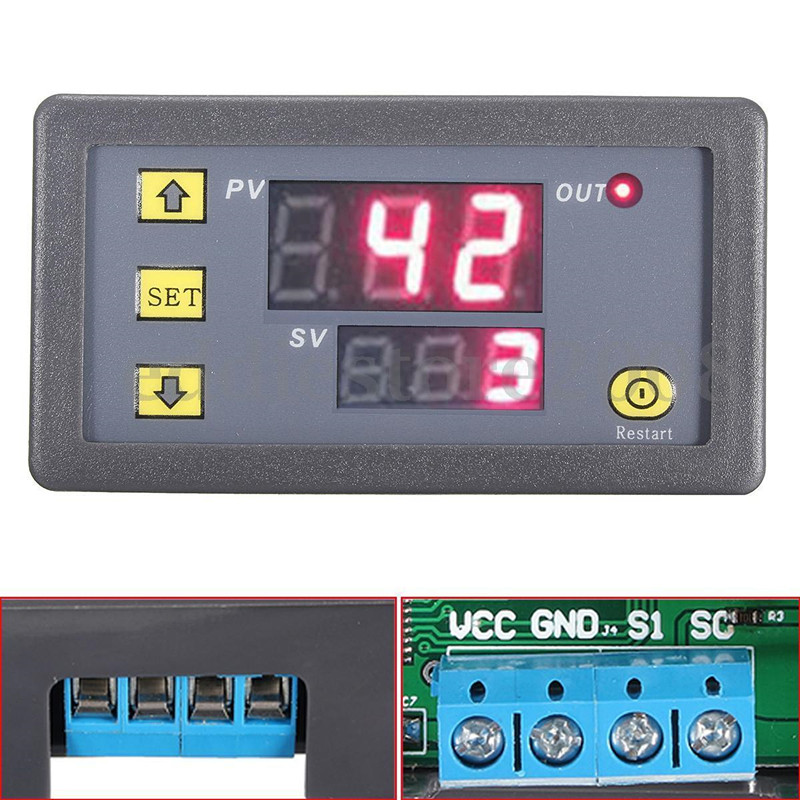
I recommend starting with this resolution when developing new display logic it’s almost foolproof and requires lower clock speeds than HD resolutions. VGA 640x480 60 HzĦ40x480 is the classic VGA display that works with analogue VGA monitors as well as contemporary HD displays and televisions. VIC is the Video Identification (ID) Code used in EDID.

DVI & HDMI use TMDS encoding: the TMDS clock shown is for regular 24-bit colour, higher colour depths require higher frequency clocks. The data rate is the required bandwidth for 24 bits-per-pixel with the included timings. The frame memory values show how many kilobits (NOT bytes) of memory you need to store a single frame 12-bit per pixel equates to 4:2:0 Y’CrCb. Other data, such as bandwidths and memory requirements, were calculated by the author. These timings are based on VESA DMT v1.3 (available from ) and CTA-861-G (available from cta.tech). This document won’t go into all the variants instead, we provide conservative timings that should work with all displays. Video timings are a complex area with several different specifications, for example, VESA Coordinated Video Timings (CVT) includes four variants for common HD resolutions. Horizontal sync demarcates a line and vertical sync a frame. The sync signals occur within blanking intervals separated from pixel drawing by the front porch and back porch. Video signals have two phases: drawing pixels and the blanking interval. My hardware designs are open source, and my blog is advert free.

I love FPGAs and want to help more people discover and use them in their projects. If you like what I do, consider sponsoring me on GitHub. Get in touch: GitHub Issues, 1BitSquared Discord, (Mastodon), (Twitter) Contents This post was last updated in October 2021. There are an increasing number of televisions and monitors that do support high refresh rates, but these are beyond the scope of this guide. This how to includes the timings for four standard display modes using analogue VGA, DVI, HDMI, or DisplayPort: 640x480 (VGA), 800圆00 (SVGA), 1280x720, and 1920x1080 all at 60 Hz.ĬRT monitors typically support higher refresh rates in addition to 60 Hz, such as 72 and 85 Hz, but most LCD monitors do not. To work with standard monitors and TVs, you need to use the correct video timings.


 0 kommentar(er)
0 kommentar(er)
